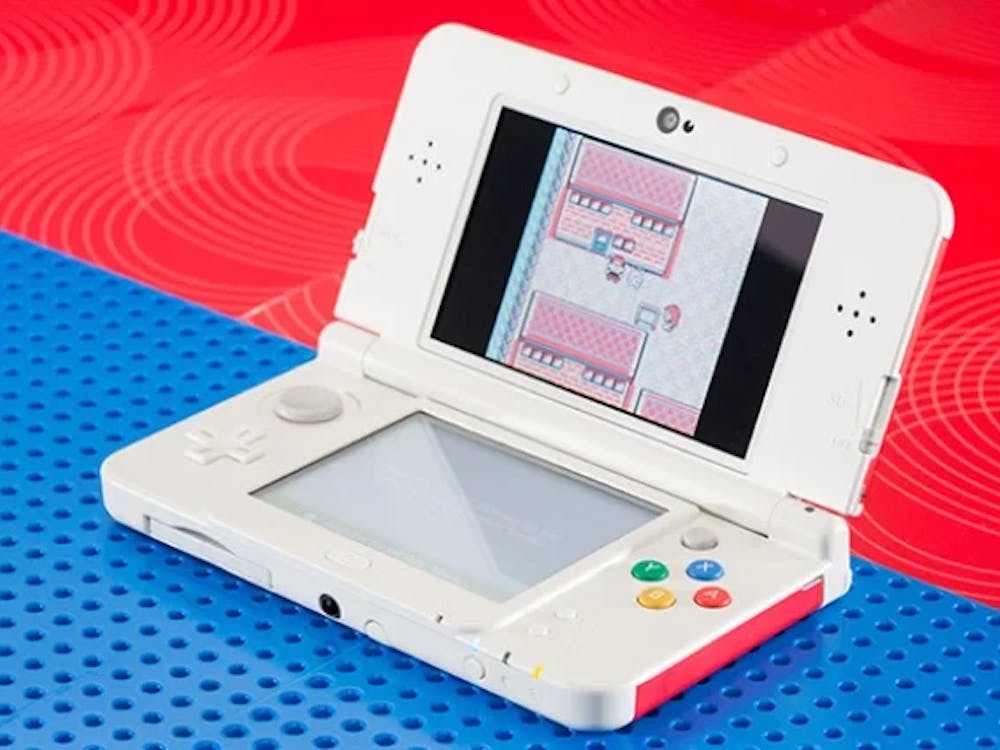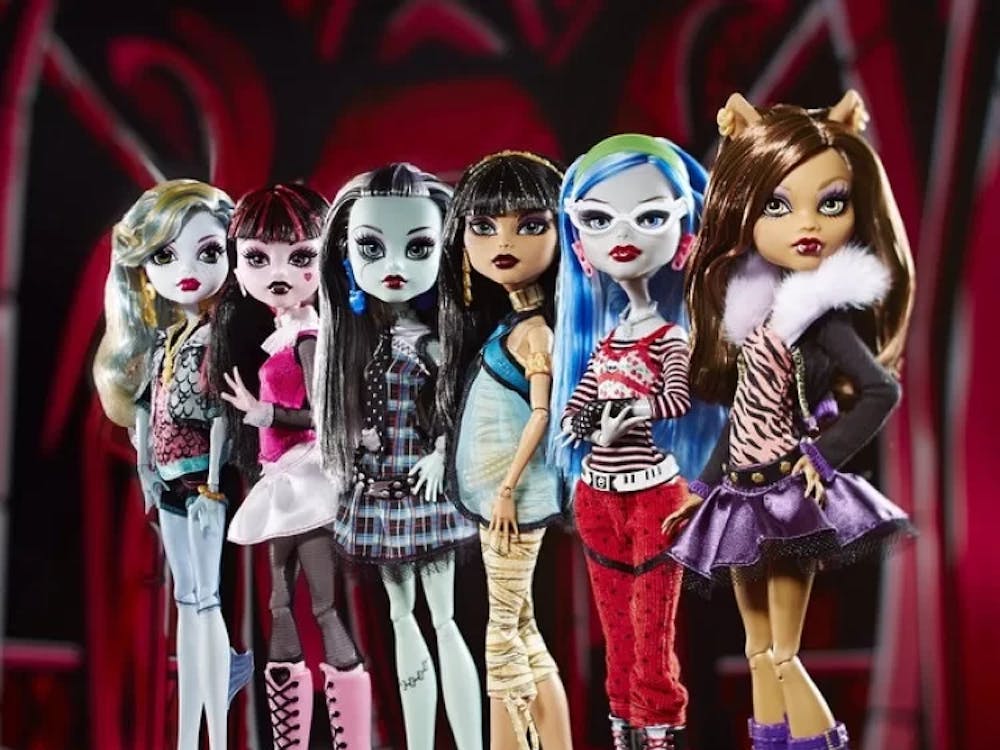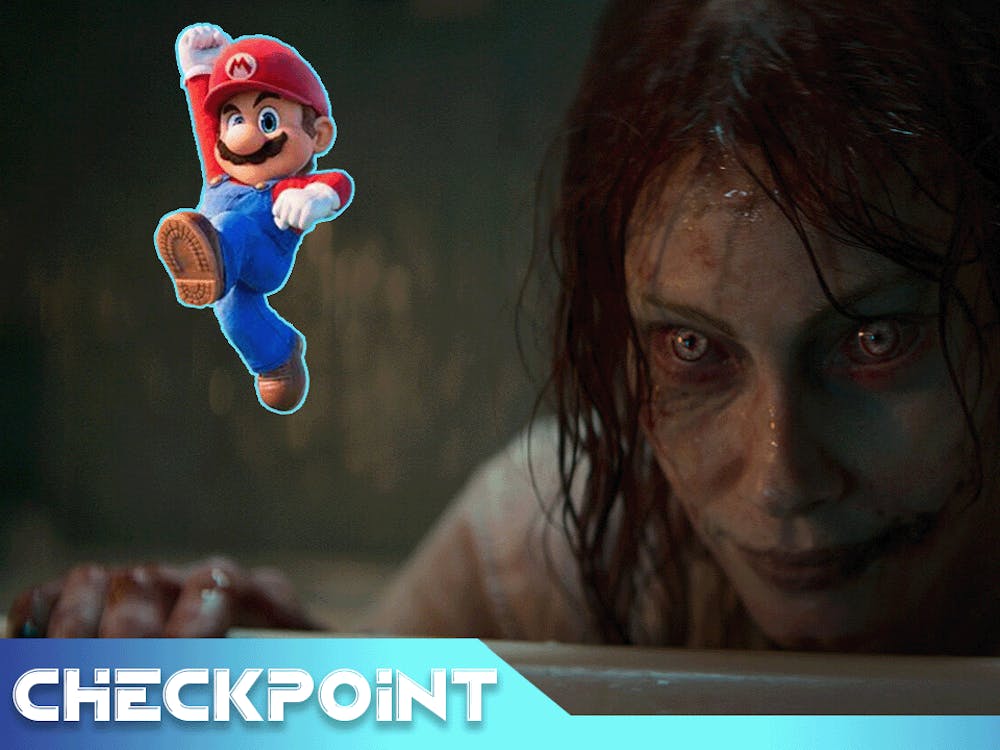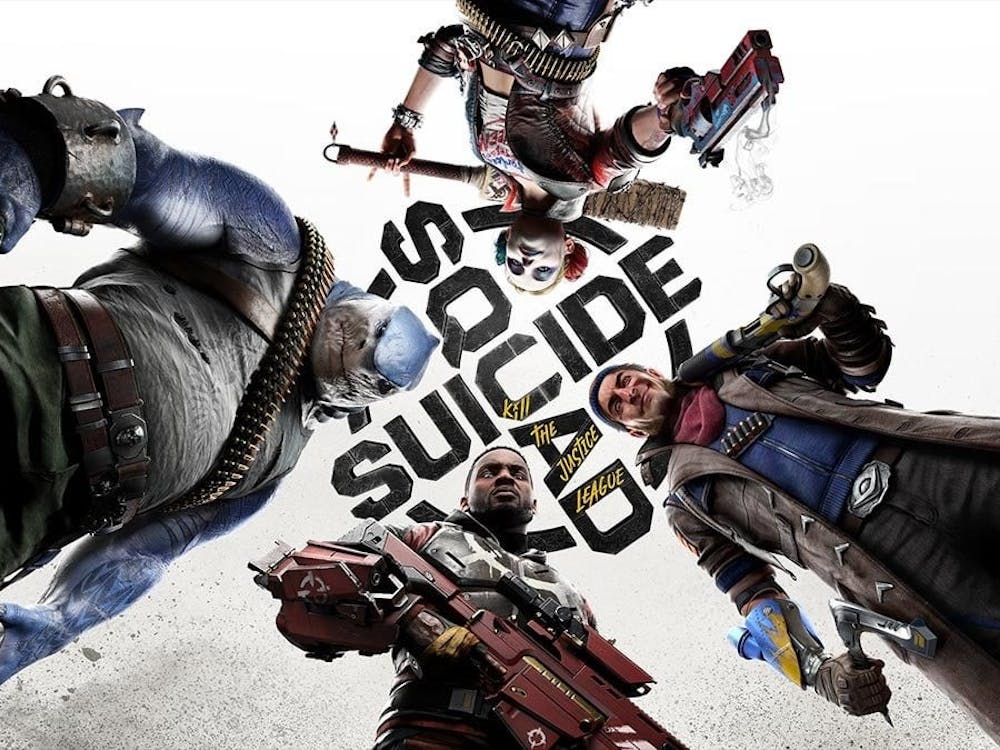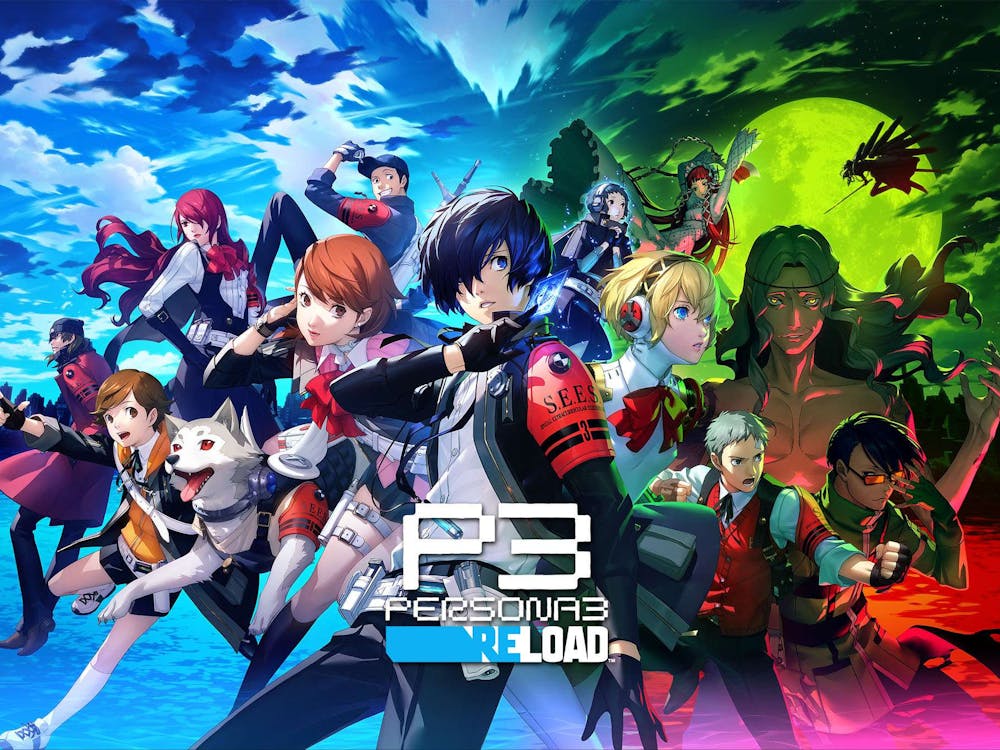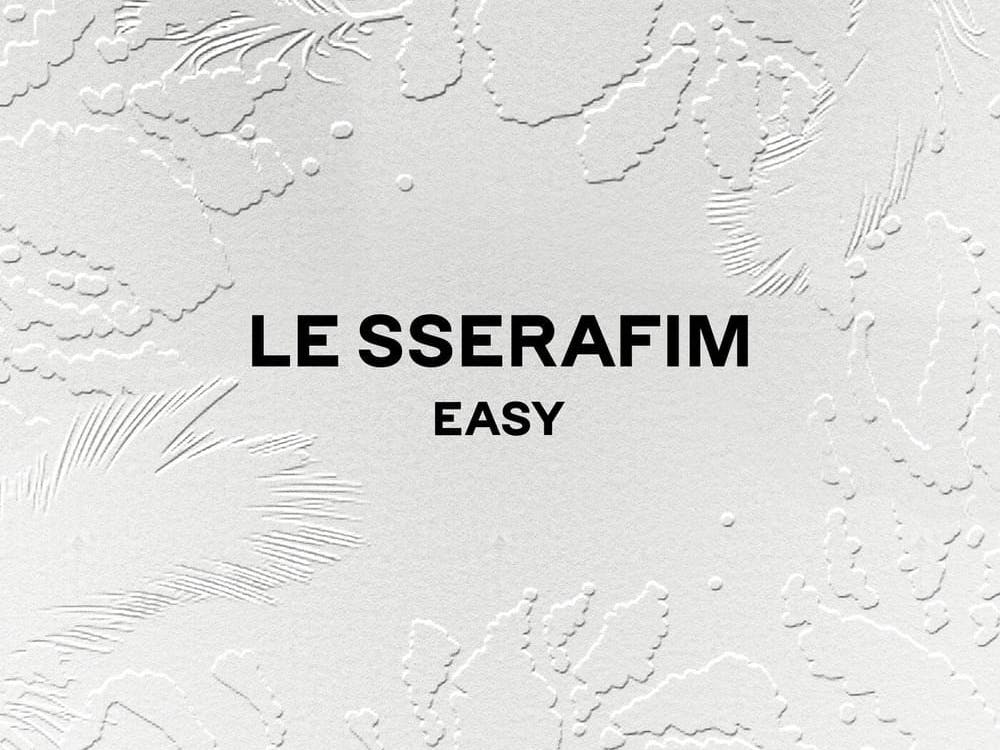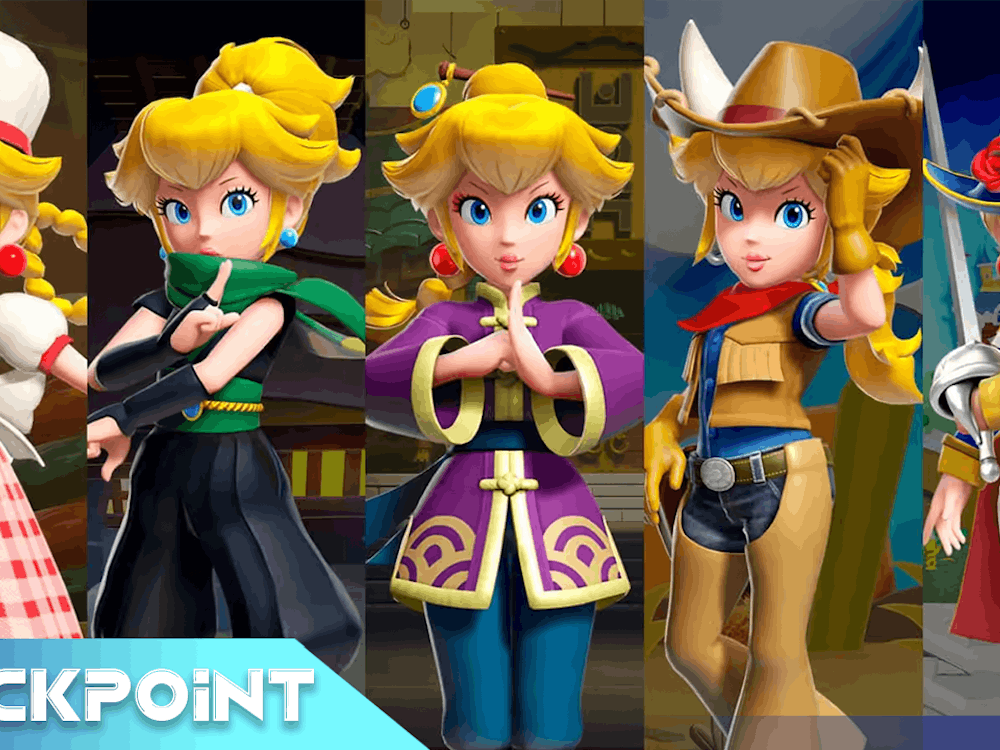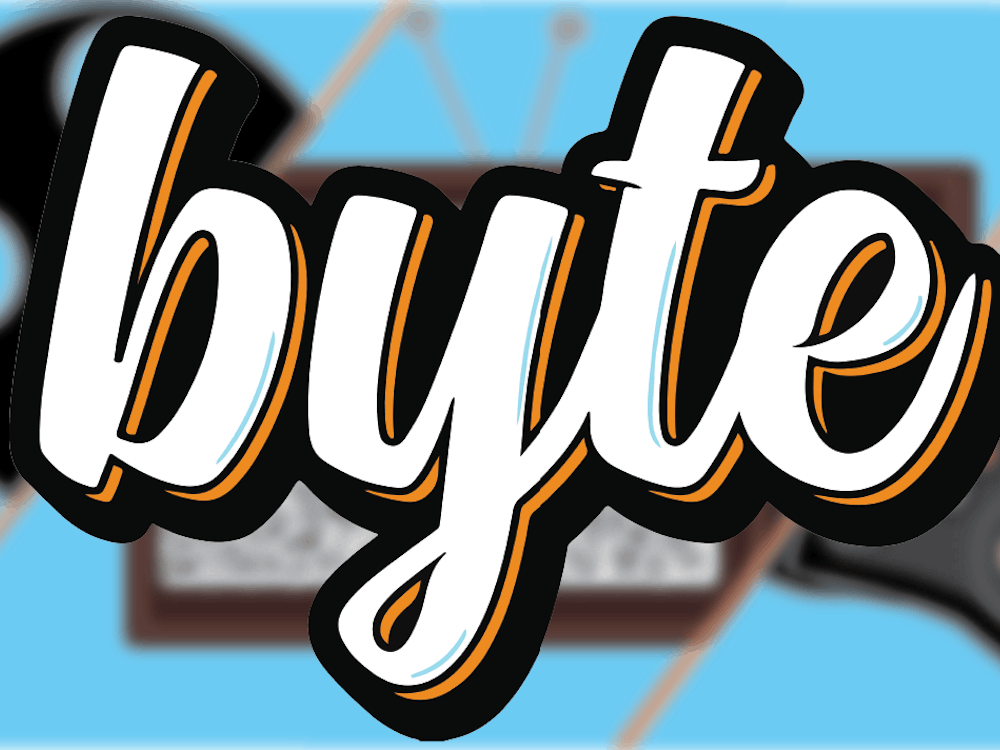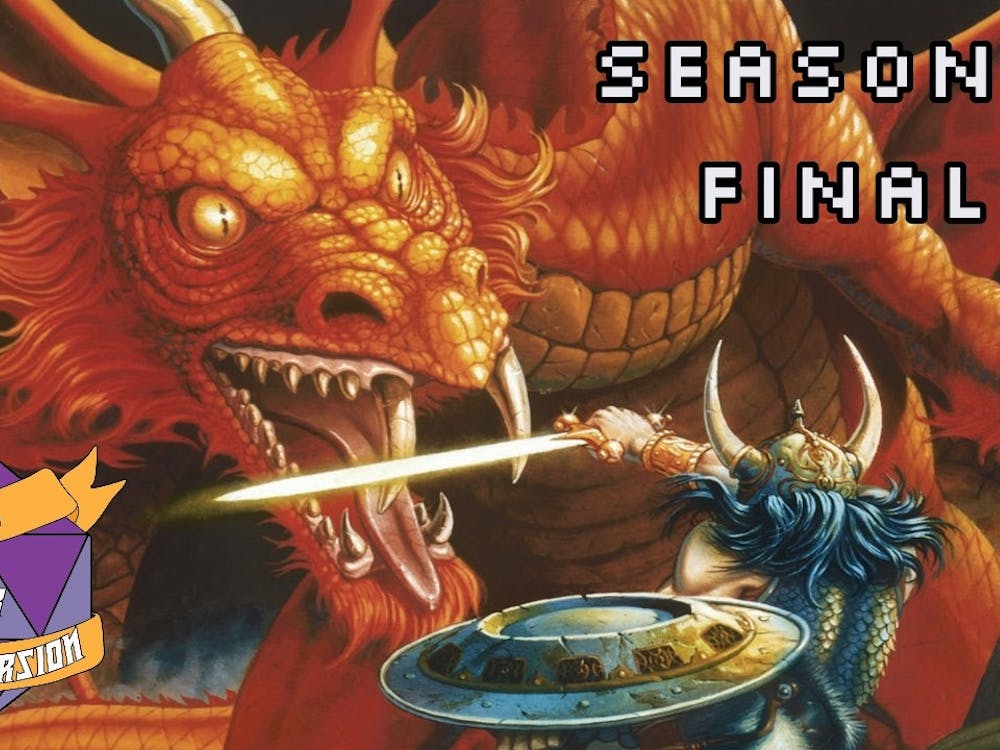Pop is one of the most recognizable music genres of this millennia. Everyone knows the classic beats, instrumentation, and tone stylization that define pop. While many people prefer the musicality of drums or piano, guitar is my favorite. I find myself constantly searching for new artists who incorporate guitar into their music. I am drawn to the gentle plucks of the strings and the hard-hitting riffs of guitar chords — to the point that I would call myself a guitar connoisseur. In my 18+ years of listening to music, I have never been more impressed with a guitar playing style than when I first heard “What’s My Name” by the artist Miyavi. The Japanese musician's unique guitar slapping, raspy vocals, diverse discography, and ever-evolving fashion style completely enraptured me. When Spotify Wrapped was released at the end of last year, I was happy to note that Miyavi, nicknamed the “Samurai Guitarist," was once again my top artist.
Origins of Miyavi
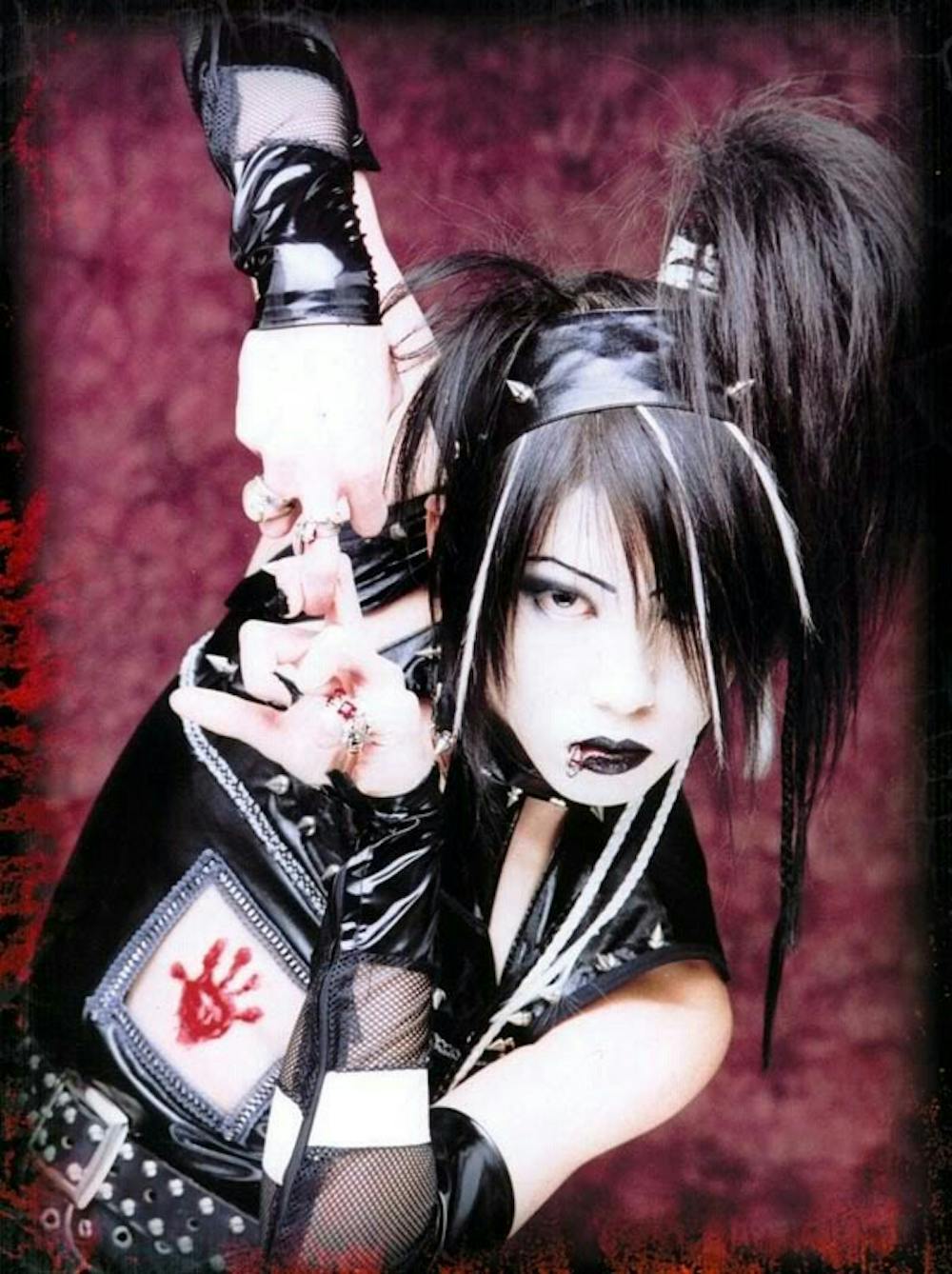
Photo by WeHeartIt
Takamasa Ishihara, also known under his stage name Miyavi, was born in 1981 in the city of Osaka, Japan. He enjoyed playing soccer and was accepted onto a professional junior team in Osaka. However, after a serious sports injury at the age of 15, Ishihara decided to pick up the guitar. He began covering songs by Ray Charles, but was truly inspired by Japanese acts like X Japan, hard rock bands like Metallica, and industrial musicians like Nine Inch Nails. In his last year of junior high school, 1996, Ishihara started playing in his first band, named Loop, with some of his peers.
He professionally debuted in 1999 with Dué le quartz. The group pioneered a new age of the visual kei movement, a style characterized by elaborate makeup and hairstyles, androgynous aesthetics, and flamboyant stage acts, among Japanese musicians in the early 2000s. As the lead guitarist for the rock band Dué le quartz, Ishihara started to create music under the pseudonym “Miyabi.” Ishihara began his career as a solo artist in 2002, by changing his stage name to Miyavi and releasing his first studio album Gagagku. Between his first two studio albums, four tracks managed to chart on the Oricon charts, the Japanese version of the Billboard charts. Later that year, Miyavi starred in the film Oresama, went on his first solo tour throughout Asia, and released his first major album Miyavizm, which was the first of his albums to enter the top ten albums in Japanese music charts.
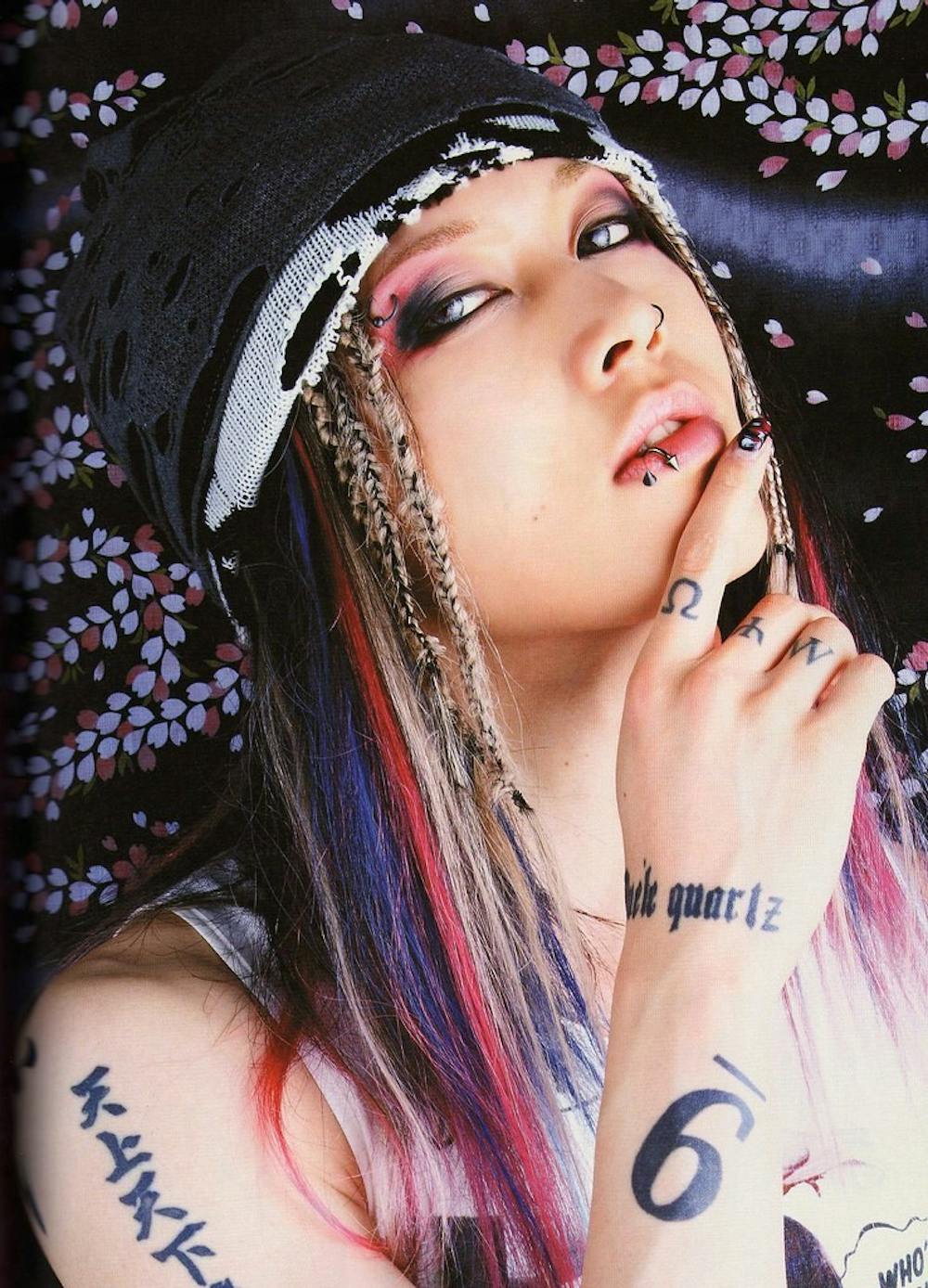
Photo by Flickr
After the release of his first album, Miyavi changed his sound from hard rock/indie to a more acoustic/pop style. This new musical approach is prevalent throughout his second and third albums, MYV Pops and Miyaviuta: Dokuso, respectively. He then left Japan for six months to study English and dance technique in America. There, Miyavi performed his first United States solo concert in Las Vegas with the help of the break dancer Mr. Freeze. In June 2007, Miyavi joined the short-lived supergroup S.K.I.N., which boasted influential members from each era of visual kei, such as Yoshiki, Gackt, and Sugizo, for a single concert. This concert kick started Miyavi’s first worldwide tour. The tour covered two sold-out trips around the world. This trip was one of the most successful international tours by a Japanese artist ever. Between 2006 and 2008, Miyavi released five singles and three original albums.
After Miyavi’s 10-year contract with his company ended in April 2009, he created his own company, J-glam, Inc; however, he then signed with EMI Music Japan in December of that year. For the next couple years, Miyavi released multiple solo songs, three studio albums, a live album, toured North America, and once more around the world. He was nominated for two MTV Music awards in 2013.
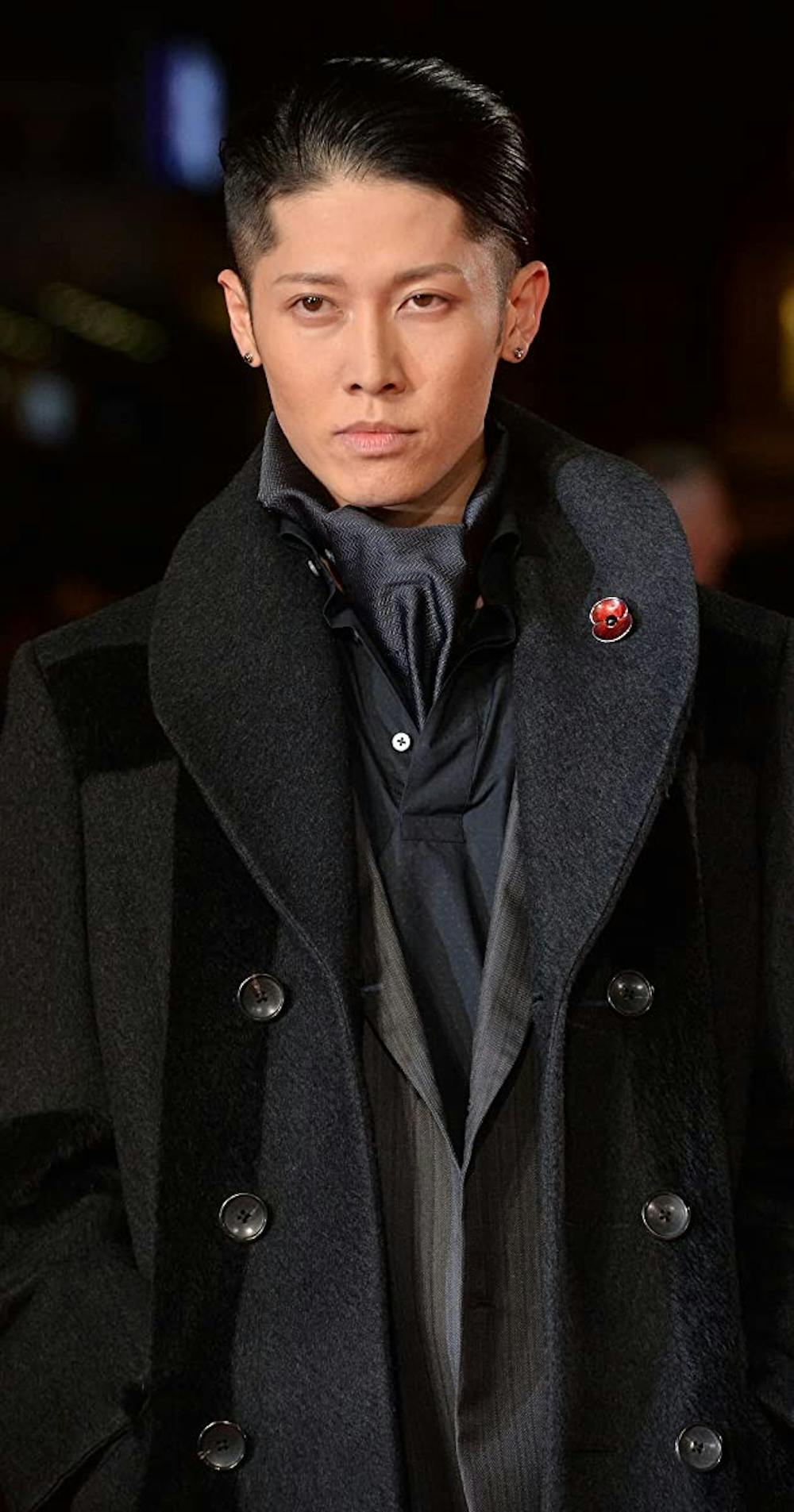
Photo by IMDB
In 2013, Miyavi started to focus more on his professional acting career with the role of Sergeant Mutsuhiro Watanabe in the film Unbroken. He then played roles in the movies Kong: Skull Island; Bleach; Maleficent: Mistress of Evil; Arcane, and many others.
Miyavi’s Discography
Miyavi’s songs allow the listener to dive into the world of visual kei with cutting vocal tone and intentional instrumentation. Miyavi’s recognizable guitar technique adds a unique spin to each genre Miyavi has approached. To some people, Miyavi’s music may seem too electric or uncertain of its genre, but every musical approach of Miyavi’s has a message and meaning. The lyrics of the song "Real?" instructs the listener to “Let the music take you higher, move on 'til you’re filled, scream out to the future louder, free to say what’s real” and is mixed with breathtaking riffs and digital sounds, which create a sense of energy and motivation. Miyavi’s songs demonstrate what makes guitar the best instrument across multiple genres and a wide-ranging audience.
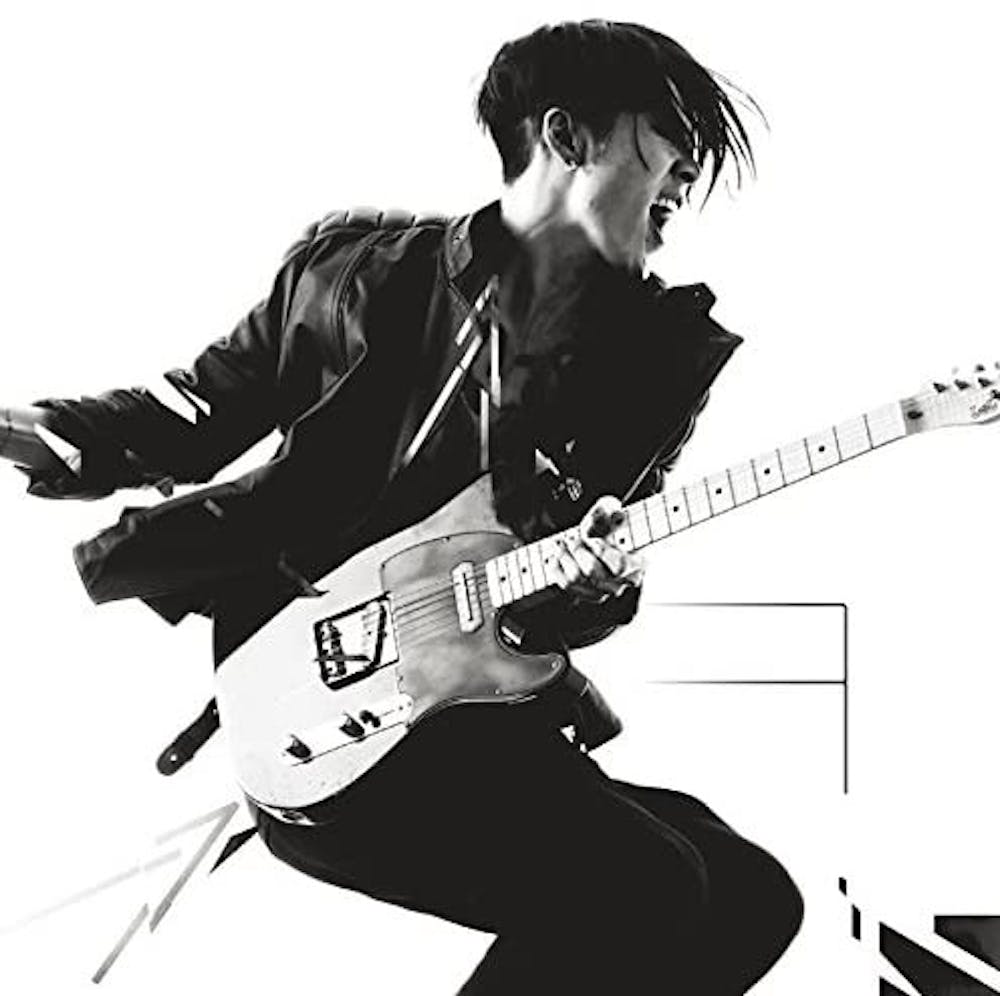
Photo by Amazon
One of my favorite Miyavi songs is “The Others” from the similarly titled album. The song shares the perspective of outsiders joining together to build a great society, discarding the past and moving forward. His lyrics “We are the others, the dreamers and the lovers. We are every color. We are the others who built the countries, who built the walls,” is a testament to how everyone around the world feeling lonely and left out can build nations when recognizing our shared humanity. Miyavi helps listeners release their anger and resentment through aggressive vocals, melodic strumming, and artful beats, amounting to an inspiring and stimulating anthem. The color palette and sole silhouette of Miyavi throughout the music video make it easy to see why fans relate to the message.
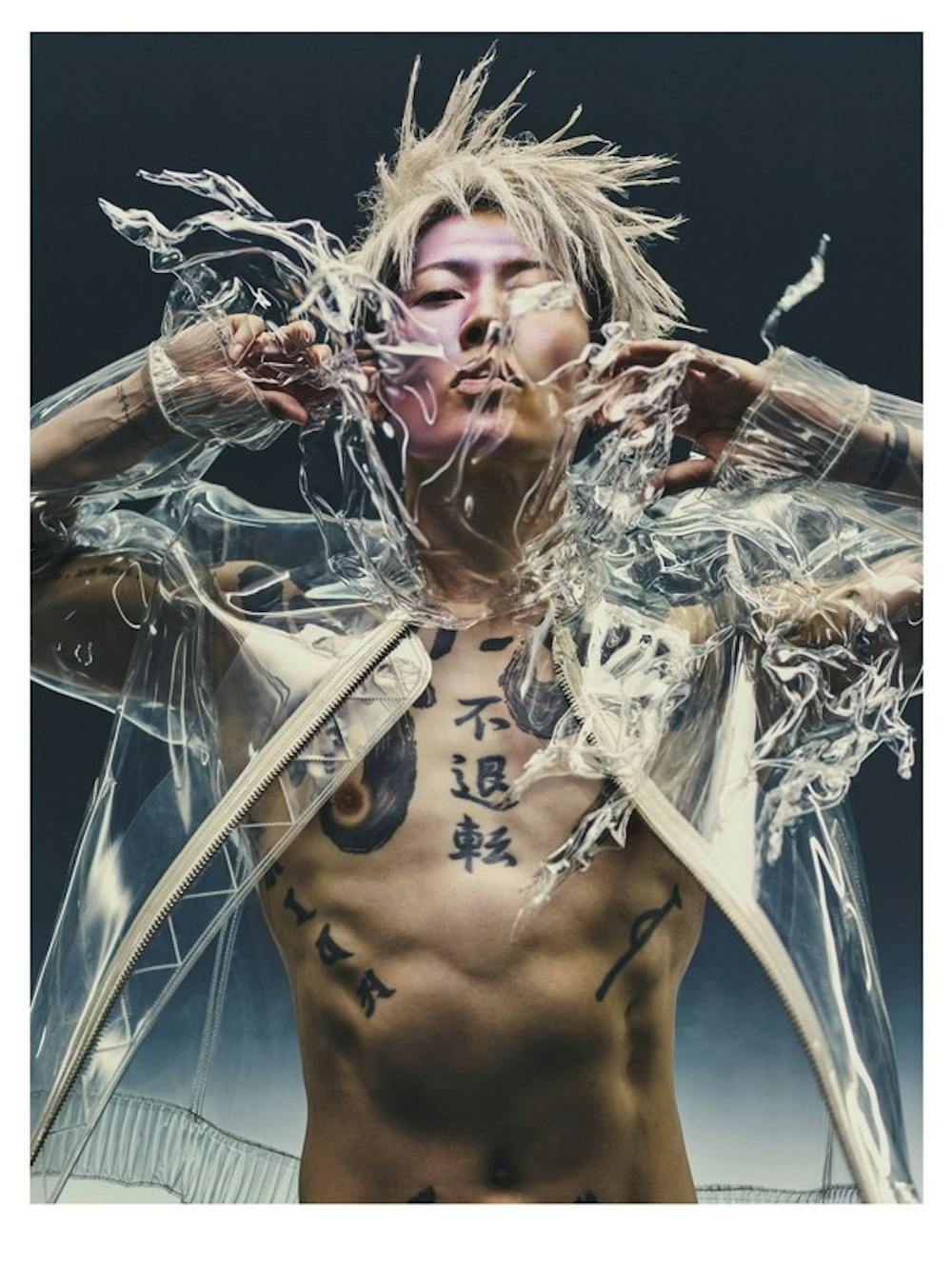
Photo by Billboard Japan
On September 15, 2021, Miyavi released his 13th studio album, Imaginary, complete with his recognizable guitar slapping technique and electronic pop-inspired sound. With this release, Miyavi promised to show an evolved collection of his past melodies. According to Miyavi, the themes surrounding the new album focus on how "imagination and creativity alone carry us into the future." This idea is most prevalent in his song “New Gravity,” which presents technical guitar playing and stylistic beats reminiscent of old school video game boss battles. The song addresses feeling stuck in life but still fighting to keep dreaming and chasing goals. The vocal whines and high energy keeps listeners’ ears perked as they wait for the impending beat drop, conveying the constant fight against constraint. Similarly, the music video flips between Miyavi in an arcade, early 2000s computer animations glitching, and Miyavi as some sort of sci-fi android experiment; both versions struggle toward freedom. In one part of the music video, wires begin to grow, surrounding Miyavi until the entire screen glitches out and he breaks out from the cage. Each aspect of the video is a battle against self and the outside world, connecting to the lyrics “Throw away your crappy self-consciousness to the other side of weightlessness, gravity, gravity, set me free,” the lyrics and the video perfectly intertwine to convey the idea that you should kick up a ruckus and fight for your dreams.
Featured image by House of Blues
Sources: YouTube, Yoshiki, FinalFantasyfandom, Visualkeifandom, YouTube, YouTube

